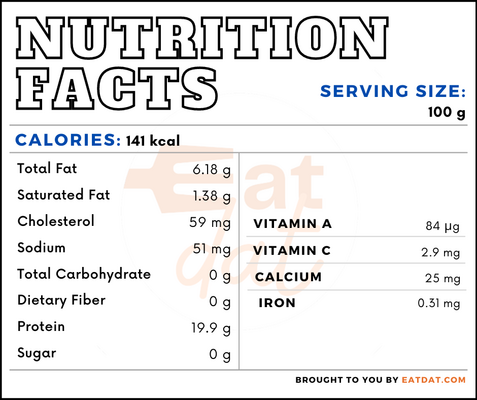
Trout
also known as Rainbow, Cutthroat, Brown
What is a Trout?
Trout is a freshwater fish that belongs to the Salmonidae family. This fish is usually found in lakes and rivers, however, the rainbow variety can live in the sea for up to three years. This is the name commonly given to the three varieties which are:
- Rainbow
- Cutthroat
- Brown
The market for this fish in the USA is big with the state of Idaho accounting for 75% of the production. In 2018, the American market distributed $129 billion worth of this fish.
The top 5 tastiest ways to cook this, according to Martha Stewart are:
- Panfried
- Smoked
- Trout with Escarole
- Smoked-Trout Pate
- Poached
Origin of trout
Fishing is one of the oldest forms of gathering food and dates back to prehistoric times. In the Middle Ages, fishing was reserved for only religious communities but by the 11th century, fish farming had begun. It wasn’t until the 15th century that deep sea fishing became possible with new advances in technology. In the 19th century, further advances in boats and nets made it possible for commercial fishers to gather more fish.
However, the damage to rivers during the Industrial Revolution would lead to populations dropping dangerously low. While many believed that to be the end of this fish, in the 20th-century trout farming was born. The high demand for this fish would lead the fish farming industry to grow exponentially in the following years. Today, fish farming provides most of the supply in the US, yet some fishermen still fish for wild trout.
Nutrition
A 100g serving of fresh raw, trout:

Fish such are considered healthy because they are a good source of protein and Omega-3 fats. This also includes plenty of vitamins and minerals. Trout is considered one of the best choices for protein and can safely be consumed 2-3 times a week. A healthy serving size of fish is the same size as the palm of your hand. Consuming fish regularly can lead to improved heart health, as well as better mental health in old age.
Commercial production
Commercial fishing for this fish only happens in freshwater lakes or rivers. With the rise in demand, aquaculture or fish farming has increased to provide almost 40% of all fish or shellfish eaten in the world. Because these fish need freshwater and cold temperatures, this process often takes place in northern states like Idaho. The farming process begins with spawning trout either in a hatchery or by collecting eggs. Later, the fish will develop into a hatchling that later becomes a swimming fry.
Swimming fries are kept in rearing tanks to grow bigger and stronger. Once these fish reach a length of 3-4 inches, they are moved to the outdoor tanks. In the outdoor tanks, the fish are allowed to grow to a marketable length of 12-15 inches. When they are an acceptable size, they are trapped in a net and sent to the slaughter plant. After that, the fresh trout are iced and shipped off for sale.
Uses
Whether you’re catching your fish or buying it fresh from the store, you want to ensure it tastes good. Storing your fish properly is central to safely enjoying its natural flavors. If you’re planning to eat your trout soon, you can store it in the refrigerator on ice. Without ice, fish begins to rot quickly, cutting down your time to whip up a delicious dish. For longer storage, rinse and seal the fish in a bag or container and keep it in the freezer for up to two weeks.
Trout recipes
Lovers of fish will enjoy trout in its many flavors and dishes. Here are some popular recipes.
FDA Regulation
The Food & Drug Administration regulates the amount of mercury that is allowed in fish such as trout. The agency lists the amounts of mercury that are considered safe for various varieties of trout. The FDA also regulates the medications that are allowed to be used on this fish. A recent regulation details the dosage and treatment time allowed for these medications.
References
Poole, Robert M. “Native Trout Are Returning to America’s Rivers”. Smithsonianmag.com, Smithsonian Magazine. 1 Aug. 2007, www.smithsonianmag.com/science-nature/native-trout-are-returning-to-americas-rivers-160317057/.
“The Trout: A Brief History”. Groweatgather.co.uk, GrowEatGather. 2 Mar 2015, http://groweatgather.co.uk/the-trout-a-brief-history/
“The History of Fishing”. Alimentarium.org, Alimentarium. https://www.alimentarium.org/en/knowledge/history-fishing
“Advice About Eating Fish”. Fda.gov, U.S. Food & Drug Administration, 2 Jul 2019, https://www.alimentarium.org/en/knowledge/history-fishing
